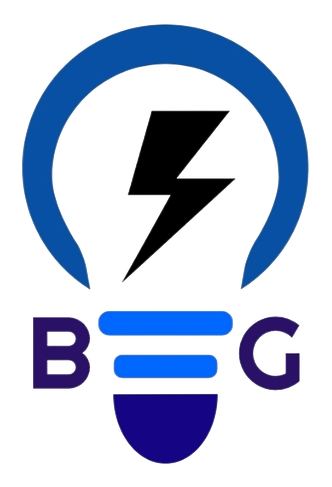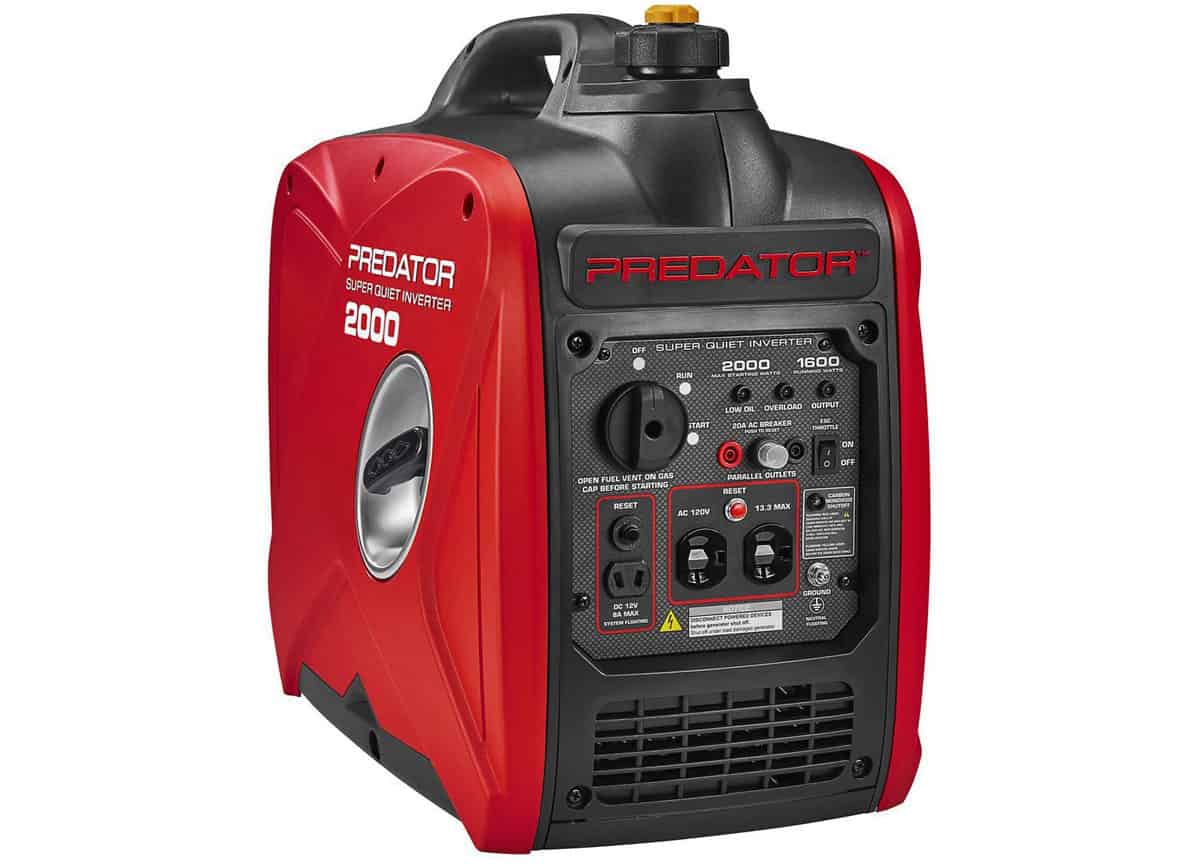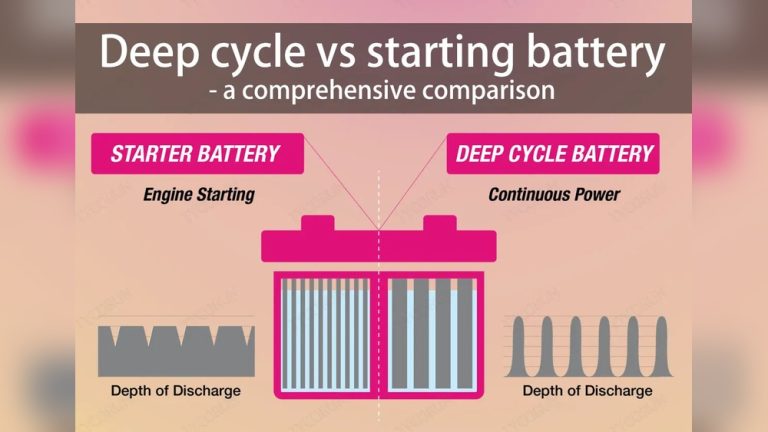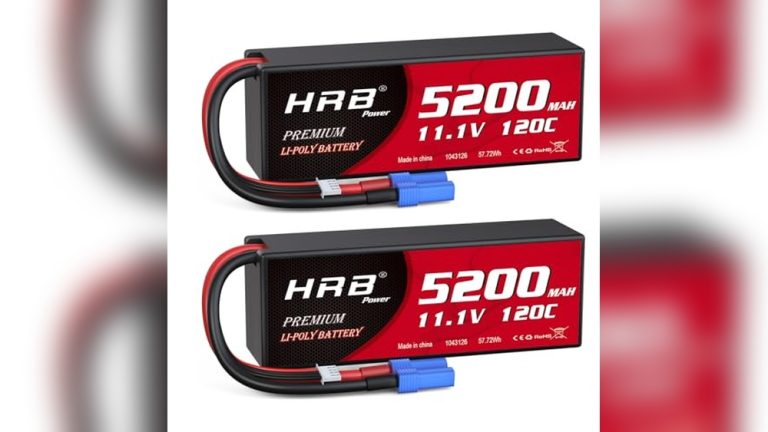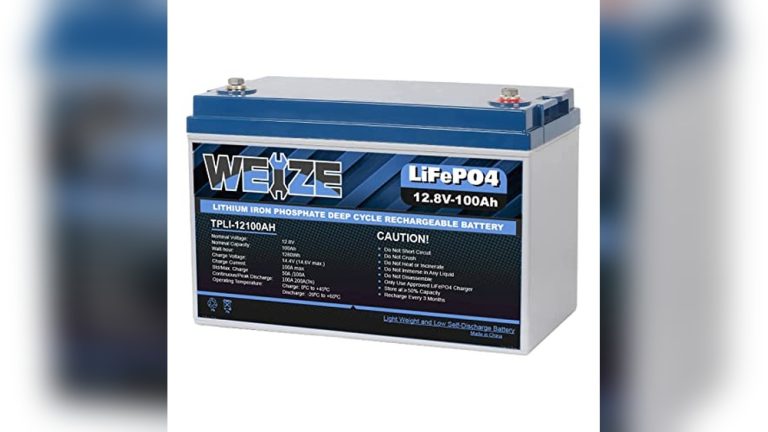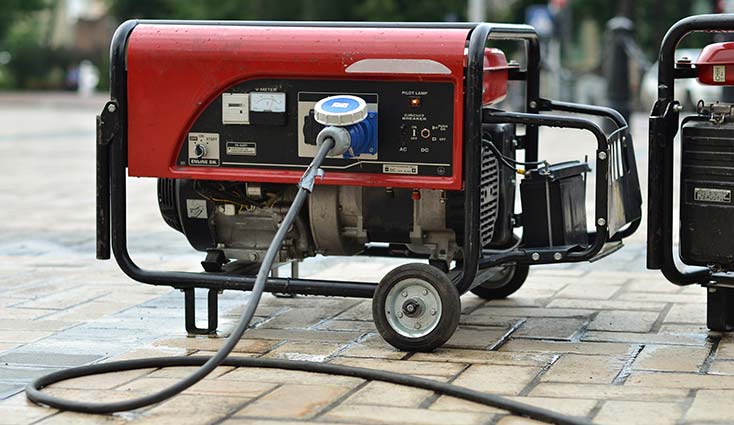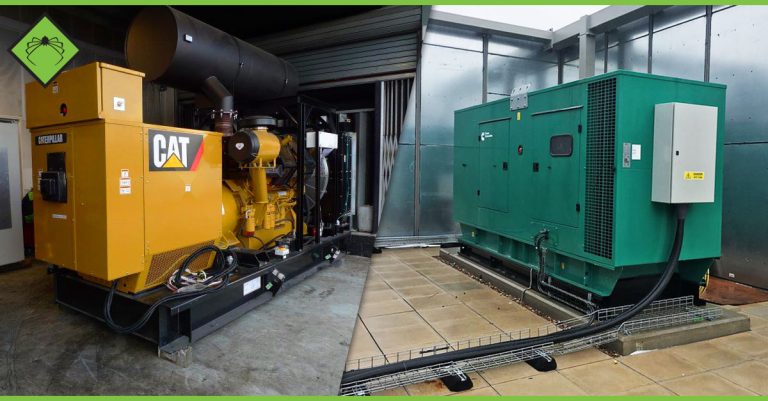Briggs And Stratton Vs Predator Generator: Ultimate Comparison Guide
Choosing the right generator can be a tough decision. Briggs and Stratton and Predator are two popular options.
Both brands offer reliable power solutions for various needs. Comparing these generators helps you make an informed choice. Understanding their features, pros, and cons can save you time and money. Whether you need a generator for home backup, outdoor activities, or work sites, knowing the differences is crucial.
This comparison will guide you through the key aspects of Briggs and Stratton and Predator generators. By the end, you’ll have a clearer idea of which generator suits your needs best. Let’s dive into the details and explore what each brand has to offer.
Brand History
Brand History plays a crucial role in understanding the reliability and performance of a generator. Knowing the background of the companies behind these machines can help you make a more informed decision. Let’s delve into the histories of Briggs & Stratton and Predator.
Briggs & Stratton Background
Briggs & Stratton is a well-known name in the power equipment industry. Founded in 1908, this American company has been producing reliable engines and power products for over a century. Their long history of innovation and quality has made them a trusted brand globally.
The company started by manufacturing automobile components. Over time, they shifted focus to small engines for various applications. Today, Briggs & Stratton engines are found in many outdoor power equipment, including lawnmowers, pressure washers, and generators.
Briggs & Stratton is known for its commitment to innovation. They hold many patents and continue to invest in new technologies. Their generators are designed to be durable, efficient, and easy to use, catering to both residential and commercial needs.
Predator Background
Predator generators are produced by Harbor Freight Tools, a company known for offering affordable tools and equipment. Harbor Freight was founded in 1977 and has grown rapidly, becoming a popular choice for budget-conscious consumers.
Unlike Briggs & Stratton, Harbor Freight does not have a long history in engine manufacturing. Instead, they source their engines from manufacturers in China. Despite this, Predator generators have gained a reputation for being reliable and cost-effective.
Predator generators are known for their competitive pricing and impressive performance. They offer a range of models suitable for different needs, from small portable generators to larger units for backup power. Their focus on affordability makes them a popular choice for those looking for value without compromising on quality.
While Predator generators may not have the same long history as Briggs & Stratton, their growing popularity indicates a strong market presence. They continue to improve their products, ensuring they meet the needs of modern consumers.

Credit: go.harborfreight.com
Power And Performance
Choosing the right generator means looking at power and performance. Briggs and Stratton and Predator generators both offer reliable options. Let’s explore their engine specifications and power output to see which suits your needs.
Engine Specifications
The engine is the heart of any generator. Briggs and Stratton generators typically use high-quality engines. These engines are known for their durability and reliability.
Predator generators, on the other hand, use engines that are often praised for their efficiency and power. These engines are designed to deliver a lot of power with less fuel.
| Brand | Engine Type | Fuel Type | Engine Size (cc) |
|---|---|---|---|
| Briggs and Stratton | OHV Engine | Gasoline | 190-420 cc |
| Predator | OHV Engine | Gasoline | 200-650 cc |
Power Output
Power output is a crucial factor in choosing a generator. Briggs and Stratton generators typically offer a range of power outputs. They usually provide between 3,000 to 10,000 watts. This range is suitable for various needs, from small appliances to larger equipment.
Predator generators also offer a wide range of power outputs. They often deliver between 2,000 to 9,000 watts. These generators are known for their robust performance.
- Briggs and Stratton: 3,000 to 10,000 watts
- Predator: 2,000 to 9,000 watts
Both brands provide reliable power solutions. Whether you need it for home use, camping, or work, they have you covered.
Fuel Efficiency
Fuel efficiency is crucial when choosing a generator. It affects both operating costs and environmental impact. Let’s compare the fuel efficiency of Briggs and Stratton and Predator generators.
Fuel Consumption Rates
Both generators are known for their reliability and power. But how do they perform in terms of fuel consumption?
Briggs and Stratton generators generally consume fuel at a rate of 0.6 gallons per hour under a 50% load. They are designed for efficient fuel use.
Predator generators, on the other hand, consume fuel at about 0.5 gallons per hour under a 50% load. This makes them slightly more efficient in terms of fuel consumption.
| Generator Model | Fuel Consumption (50% load) |
|---|---|
| Briggs and Stratton | 0.6 gallons/hour |
| Predator | 0.5 gallons/hour |
Runtime On Full Tank
The runtime on a full tank is another important factor. It determines how long the generator can run without refueling.
Briggs and Stratton generators usually offer a runtime of 8-10 hours on a full tank under a 50% load. This is sufficient for most home and recreational uses.
Predator generators typically provide a runtime of about 10-12 hours on a full tank under a 50% load. This gives them a slight edge in runtime.
| Generator Model | Runtime (50% load) |
|---|---|
| Briggs and Stratton | 8-10 hours |
| Predator | 10-12 hours |
Both brands offer good fuel efficiency, but Predator generators have a slight advantage in terms of fuel consumption and runtime. Understanding these aspects can help in making an informed decision.

Credit: generatorbible.com
Noise Levels
When choosing a generator, noise levels play a significant role. Both Briggs and Stratton and Predator generators have their own noise characteristics. Understanding these can help you make an informed decision.
Decibel Ratings
Briggs and Stratton generators typically produce noise levels around 60-70 decibels. This noise level is comparable to a normal conversation. Predator generators, on the other hand, usually operate at around 65-75 decibels. This range is slightly louder, similar to a vacuum cleaner.
Noise levels can vary based on model and load. It’s crucial to check the specific decibel ratings for the models you are considering. Lower decibel ratings mean quieter operation, which is often preferred in residential areas.
Impact On Usage
Noise levels impact the comfort of using a generator. Quieter generators are less likely to disturb neighbors. They are also more comfortable to use during camping trips or outdoor events. Briggs and Stratton’s quieter models might be a better choice for these scenarios.
Predator generators, although slightly louder, still remain within acceptable noise limits for most uses. For construction sites or large properties, the noise difference may not be as critical. Always consider where and how you plan to use the generator. Noise levels can affect your overall experience.
Portability
Portability is a crucial factor when choosing a generator. This is especially true for outdoor enthusiasts and those who need power on the go. Briggs and Stratton and Predator generators both offer portable options. But how do they compare in terms of portability? Let’s break it down under the following subheadings.
Weight And Dimensions
Weight and dimensions are key to portability. Briggs and Stratton generators are generally lighter. They range from 50 to 100 pounds. This makes them easy to carry for most users. Predator generators, on the other hand, tend to be heavier. They can weigh between 80 to 150 pounds. This might make them harder to move without help.
Ease Of Transport
Ease of transport is about more than just weight. Briggs and Stratton generators often come with built-in handles. Some models even include wheels. This helps users move the generator without much effort. Predator generators also include transport-friendly features. Many models have sturdy wheels and foldable handles. This makes moving these heavy units a bit easier.

Credit: www.amazon.com
Durability And Build Quality
Choosing the right generator often depends on its durability and build quality. In this section, we will compare the Briggs And Stratton and Predator generators based on these aspects. We will explore the materials used, and the longevity and reliability of each brand.
Materials Used
The materials used in a generator’s construction play a crucial role in its durability. Briggs And Stratton generators typically feature a robust steel frame. This provides excellent protection against impacts and harsh conditions. The outer casing is often made from high-quality plastic, which resists corrosion.
On the other hand, Predator generators also use steel for their frames. This ensures they can withstand tough environments. Additionally, the plastic components on Predator generators are designed to be weather-resistant, offering an extra layer of protection.
Longevity And Reliability
When investing in a generator, longevity and reliability are key factors. Briggs And Stratton generators are known for their long-lasting performance. They feature durable engines and strong components, which contribute to their reliability over time.
Similarly, Predator generators are built to last. They often come with heavy-duty parts and sturdy construction. This makes them reliable for both residential and commercial use. Many users report that their Predator generators have lasted for many years with minimal maintenance.
| Feature | Briggs And Stratton | Predator |
|---|---|---|
| Frame Material | Steel | Steel |
| Outer Casing | High-Quality Plastic | Weather-Resistant Plastic |
| Engine Durability | High | High |
Both brands offer reliable and durable generators. The choice between Briggs And Stratton and Predator may come down to personal preference or specific needs.
Price And Value
When choosing between a Briggs and Stratton and a Predator generator, considering price and value is essential. Both brands offer unique advantages in terms of cost and long-term benefits. Let’s break it down.
Initial Cost
The initial cost of a generator can be a significant factor. Briggs and Stratton generators are known for their reliability and brand reputation. They often come with a higher price tag. Predator generators, on the other hand, are generally more affordable. This makes them attractive for budget-conscious buyers.
Here’s a quick comparison of the initial costs:
| Brand | Price Range (USD) |
|---|---|
| Briggs and Stratton | $500 – $3000 |
| Predator | $400 – $2000 |
Long-term Value
Initial cost is just one part of the story. Long-term value matters too. Briggs and Stratton generators are built to last. They often come with extended warranties and excellent customer support. These features add long-term value.
Predator generators are also durable but may not match the longevity of Briggs and Stratton models. They do offer great value for their price. For many users, the lower initial cost and solid performance balance out well.
Consider these factors for long-term value:
- Warranty – Briggs and Stratton usually offer longer warranties.
- Maintenance – Both brands require regular maintenance to ensure longevity.
- Fuel Efficiency – Compare fuel consumption rates to save on long-term costs.
Both brands provide valuable options for different needs. Evaluate your budget and long-term needs to make the best decision.
Customer Reviews
Customer reviews play a crucial role in choosing between Briggs and Stratton and Predator generators. Both brands have their loyal followers and critics. Reading real user feedback helps understand the strengths and weaknesses of each generator.
User Feedback
Briggs and Stratton users often praise the brand for its reliability. Many customers appreciate the quiet operation and fuel efficiency. They also mention the easy start feature as a significant advantage. On the other hand, Predator generator users highlight its affordability. They find it powerful and suitable for various tasks. Users also commend its portability and lightweight design.
Common Complaints
Every product has its drawbacks, and generators are no exception. Briggs and Stratton users report occasional issues with the carburetor. Some users mention difficulties with maintenance. Predator generator users often point out noise levels. They also report concerns about durability over time. Understanding these common complaints helps make an informed decision.
Frequently Asked Questions
Which Generator Is More Reliable?
Both Briggs and Stratton and Predator generators are reliable. However, Briggs and Stratton is known for better durability and longer lifespan.
Are Briggs And Stratton Generators Fuel Efficient?
Yes, Briggs and Stratton generators are fuel efficient. They are designed to offer optimal performance with minimal fuel consumption.
What Is The Price Difference?
Briggs and Stratton generators are generally more expensive. Predator generators are budget-friendly and offer good value for money.
Which Generator Is Quieter?
Predator generators are generally quieter than Briggs and Stratton generators. This makes Predator a better choice for noise-sensitive environments.
Conclusion
Choosing between Briggs and Stratton and Predator generators depends on your needs. Briggs and Stratton offer reliability and a long history of performance. Predator generators are budget-friendly with strong power output. Consider your budget and required features. Both brands have their strengths.
Review your priorities and make an informed decision. Your generator choice will keep your devices running smoothly.
